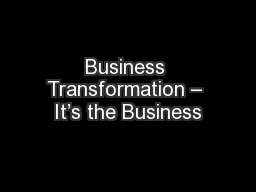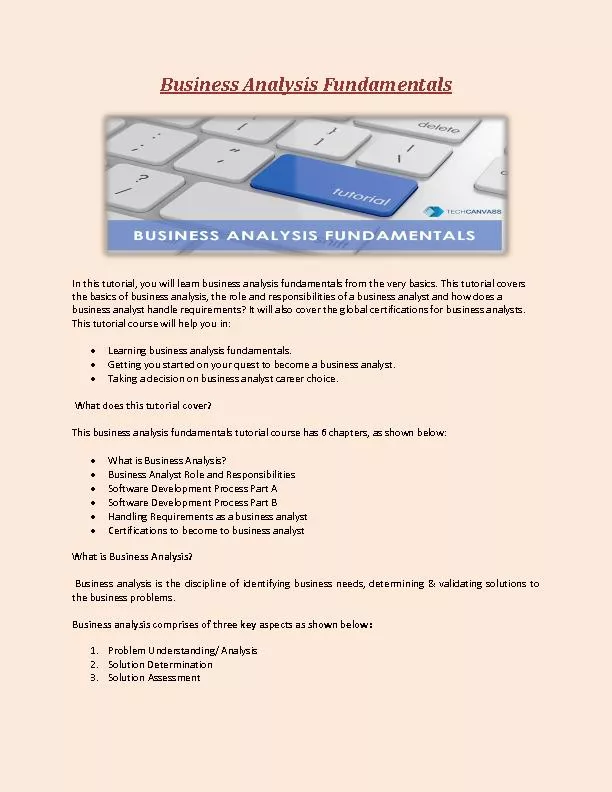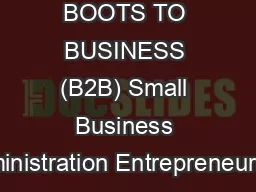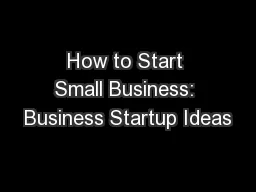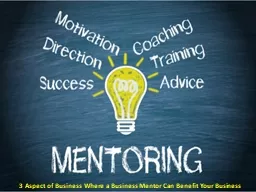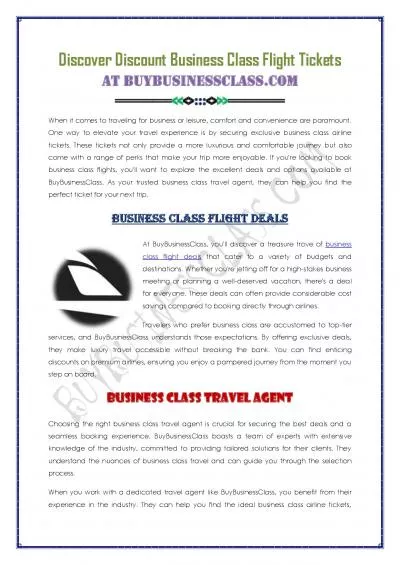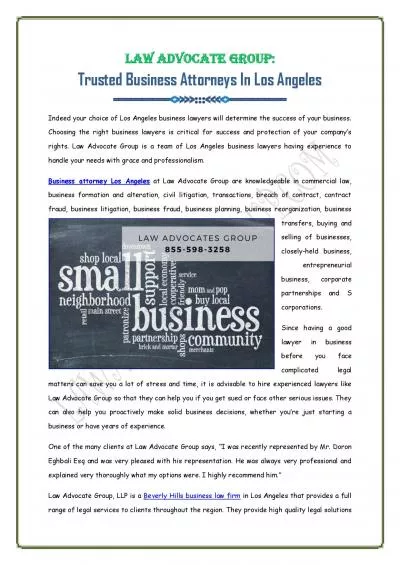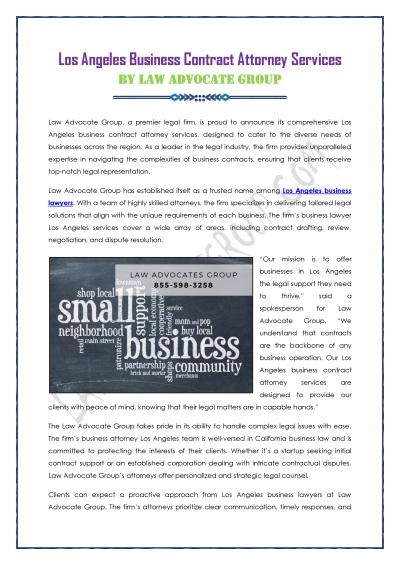PPT-e-business me-business we-business:
Author : alida-meadow | Published Date : 2018-03-14
How the Social Data Revolution Changes the Way Consumers Make Decisions Digital Day China Shanghai 22 Nov 2011 A pproval B elonging C ommunication Why this revolution
Presentation Embed Code
Download Presentation
Download Presentation The PPT/PDF document "e-business me-business we-business:" is the property of its rightful owner. Permission is granted to download and print the materials on this website for personal, non-commercial use only, and to display it on your personal computer provided you do not modify the materials and that you retain all copyright notices contained in the materials. By downloading content from our website, you accept the terms of this agreement.
e-business me-business we-business:: Transcript
Download Rules Of Document
"e-business me-business we-business:"The content belongs to its owner. You may download and print it for personal use, without modification, and keep all copyright notices. By downloading, you agree to these terms.
Related Documents



